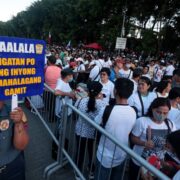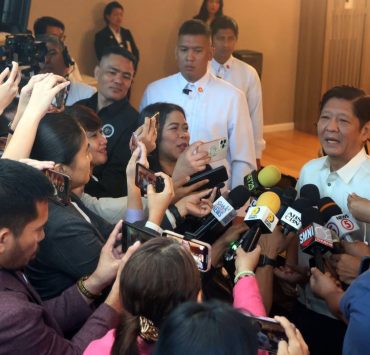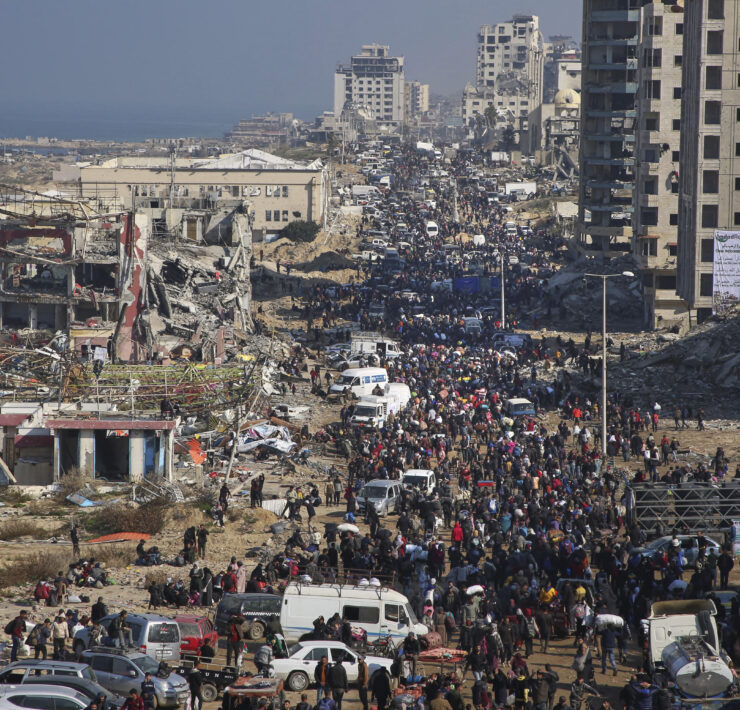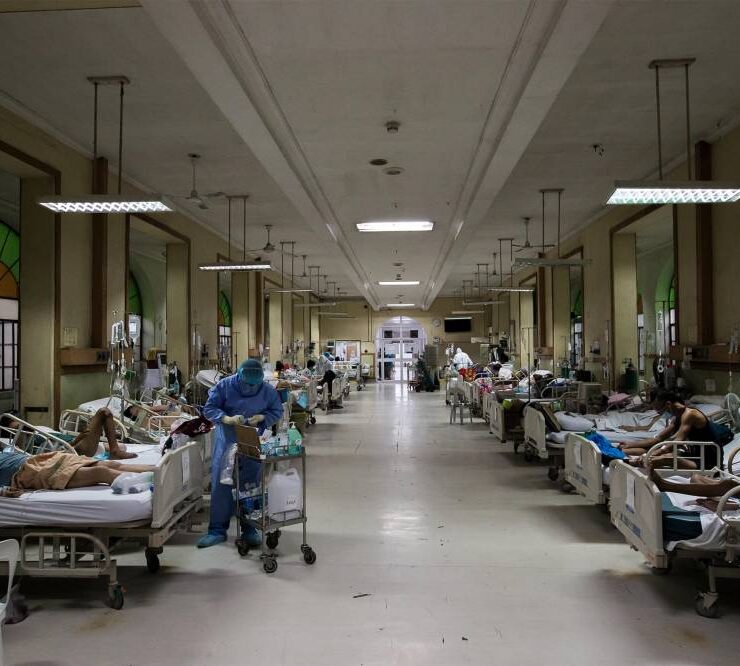India PM uses handouts, piped water, cooking gas to woo women voters

BHOPAL, INDIA—Living in a slum in central India with her widowed mother and two young daughters, Nayantara Gupta says she owes her relative prosperity in recent years to Prime Minister Narendra Modi and his Bharatiya Janata Party (BJP).Gupta, a 28-year-old single mother, said she voted for the BJP in the last two general elections and plans to do the same in the next vote due by May, citing the party’s focus on women’s welfare, including cash handouts and domestic benefits such as piped water, 24/7 electricity and a cooking gas connection in her cramped home.
“He’s changed many things for us,” Gupta said in the Madhya Pradesh state capital, Bhopal, one of 51 women Reuters spoke to in Madhya Pradesh and Haryana states, both in India’s heartland, about the upcoming election.
Gupta is not alone. Like her, more and more women have started to vote for the BJP as a result of a campaign of the Modi government to install piped water, power and sanitation in every home in the world’s most populous nation.
Traditionally Indian women were more inclined to vote for Congress, the main opposition party, in part because it gave a country short of female role models its first woman prime minister, Indira Gandhi.
The BJP, meanwhile, was born out of a men-only Hindu nationalist organization and, with a patriarchal image, struggled to attract women.
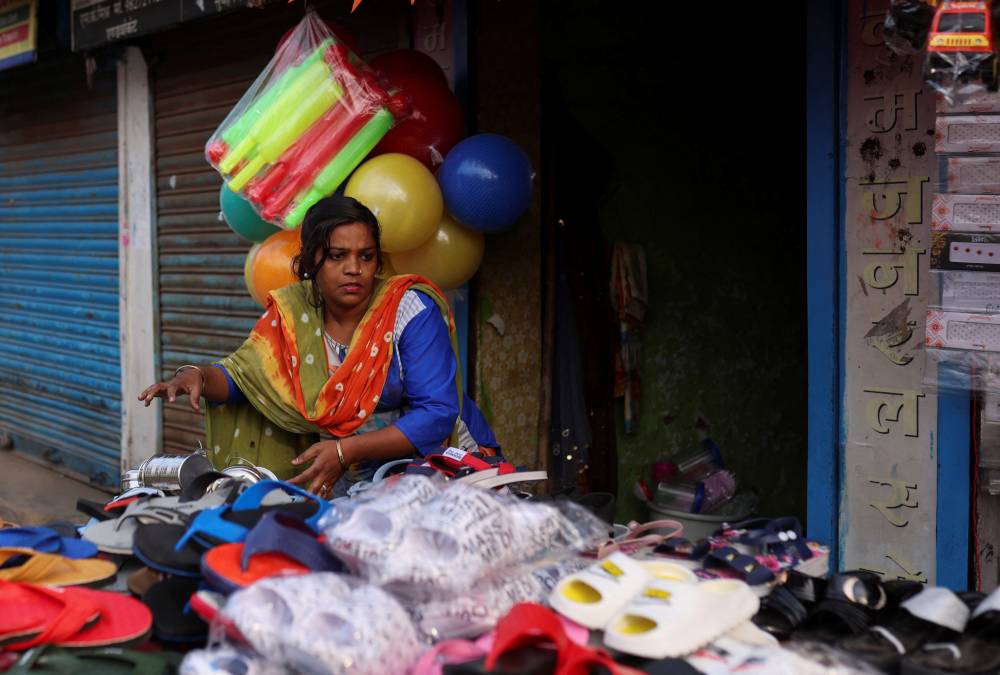
Healthy majority
Modi has changed that in his 10 years in power and the increased support from women is an added assurance for a party that is widely expected to dominate the ballot box but faces disenchantment over rural economic distress, farmers’ protests, high unemployment and inflation. Polling agency C-voter told Reuters its surveys predict 46 percent of India’s 472 million women voters would opt for the BJP-led alliance in the election against 43 percent men, which would help it get a healthy majority in India’s first-past-the-post polling system.
The Election Commission says a higher percentage of women, as opposed to men, are likely to vote in this year’s election for the second time after the 2019 poll.
C-voter’s forecast suggests a big jump in female support for the BJP, extending a trend. In the last election five years ago, 36 percent of women voted for the BJP, up from 29 percent in 2014, according to a survey by pollsters Lokniti-CSDS for the Hindu daily.
The BJP’s ardent wooing of India’s Hindu majority and the country’s strong overall economic growth are also major vote-getters, but they play across genders.
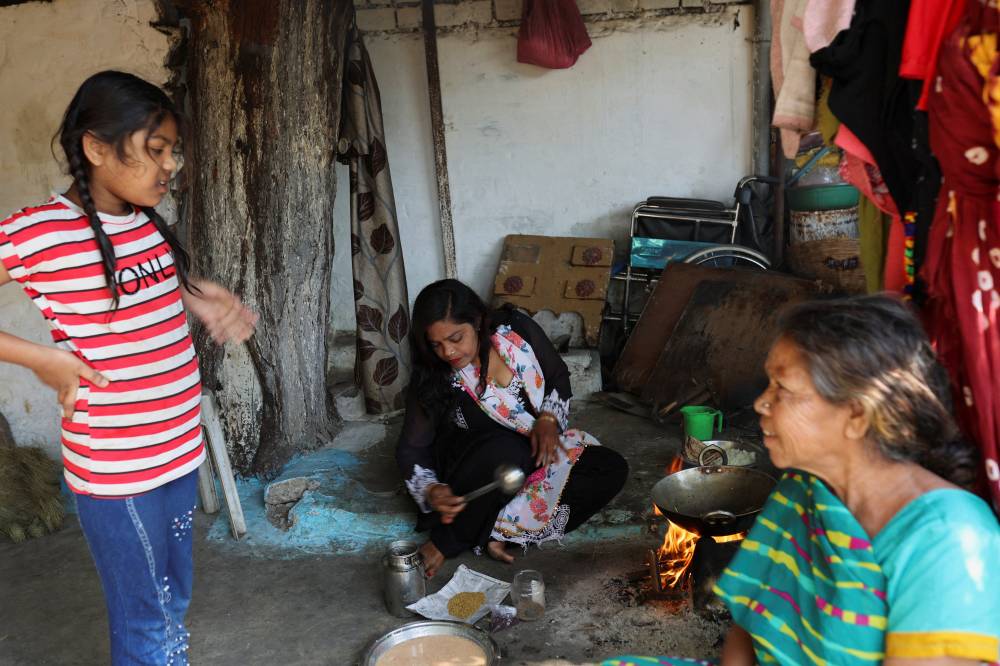
After Modi inaugurated a grand temple to the Hindu god-king Ram on the site of a razed 16th-century mosque last month, opinion polls said the euphoria in the majority community would lead to an easy win for the BJP in the next election. Meanwhile, the Congress-led opposition alliance has struggled to stay together.
Mixed record
Modi’s government however has a mixed record in tackling the horrible rate of crime against women – the latest data from the National Crime Records Bureau shows that on average 88 women are raped in India every day.
Still, only five of the women Reuters interviewed referred to such crimes and said the government could do more for their safety and security.
Tanya Sinha, a 26-year-old who works in Dubai and was visiting her home in Bhopal, said she would vote for Modi but wanted him to work more for women’s safety, without giving any specifics.
Congress, the only party to offer any significant opposition to the BJP, has said it is in the midst of an outreach program across the country to understand women’s issues and that women as a whole were unhappy with the ruling party because of inflation and rural-urban economic disparities.
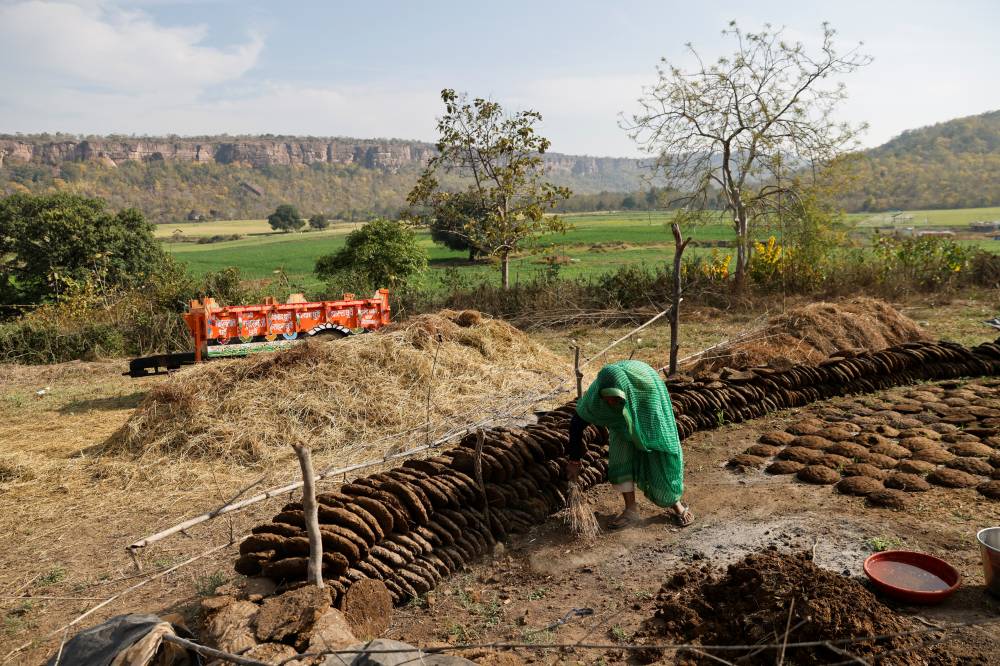
“Rising prices and unemployment are impacting women the most,” said Alka Lamba, the party’s women wing chief. “And then there is the issue of safety. Women are dealing with exploitation and atrocities.”
After falling or being stagnant since 2004, female employment rates in India have risen since 2019 due to a distress-led increase in self-employment, according to a recent study by the Azim Premji University.
Puja Dawar, a daily wage worker in Madhya Pradesh’s rural Goutampur village, said her only options for employment were tilling someone else’s farm or working at a local brick kiln, and the most either would pay would be $4 a day, less than two-thirds of the national average.
“For women, there is no work. Over a week or two, I find work as a laborer for one or two days, that only helps with daily expenses,” Dawar said, speaking outside her thatched roof hut coated with mud and cow dung.
Female leaders
She declined to say which party she would vote for in the 2024 elections. “I don’t wish to oppose anyone,” she said. “I just want my work and peace.”
Although India has produced a female prime minister, two female presidents and the current finance minister is a woman, women make up only about one in 10 national and regional lawmakers.
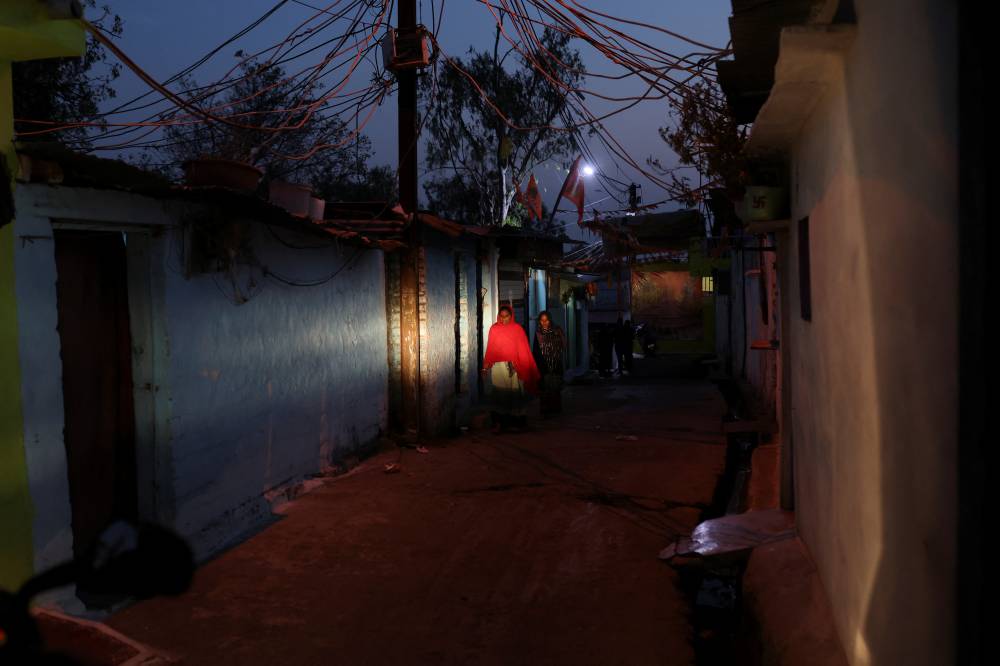
Women walk in a bylane of a slum in Bhopal, India, February 7, 2024. REUTERS/Anushree Fadnavis.
The BJP has shepherded a bill to reserve 33 percent seats in the house and state assemblies for women, which will be effective only from the 2029 general elections.
Senior BJP leader Shivraj Singh Chouhan, who was the top elected official of Madhya Pradesh until December, said empowering women was at the “core of the BJP’s efforts and various government schemes have ensured women are not seen as a burden.”
Traditionally, Indians have preferred sons, who they expect to be more economically productive than daughters.
Despite the crimes against women, rural distress and lack of representation, most of the women who spoke to Reuters said they were overall pleased with the BJP.
Nearly 40 percent said they were impressed with progress on infrastructure such as roads and railways during the BJP’s rule.
More than a third said they were also pleased that Modi came through on his party’s decades-long promise to build the Ram temple.
“It’s good for the Hindus that Modi has built the temple,” said Preeti Bhardwaj, who runs a beauty parlor in Haryana.
“BJP has also brought about improvements in roads and other infrastructure. Women are now using cooking gas, receiving sewing machines. There is security for women, better than before.”
Reuters, the news and media division of Thomson Reuters, is the world’s largest multimedia news provider, reaching billions of people worldwide every day. Reuters provides business, financial, national and international news to professionals via desktop terminals, the world's media organizations, industry events and directly to consumers.









